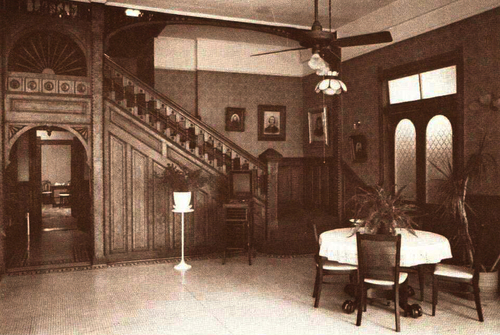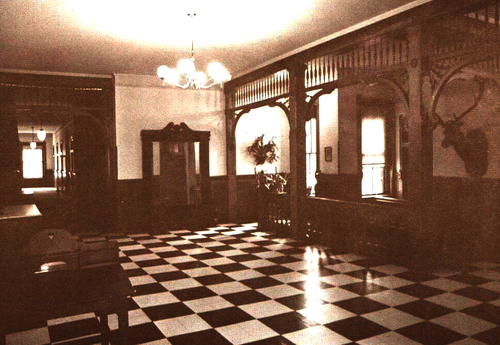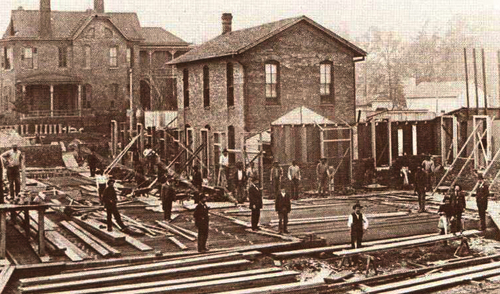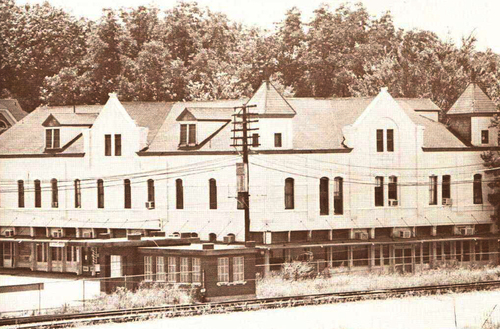705 N. Washington, Marshall
Sanborn Maps:
- Marshall 1894, Sheet 10, Block 102
- Marshall 1899, Sheet 2, Block 102
- Marshall 1904, Sheet 2, Block 102
- Marshall 1909, Sheet 5, Block 102
- Marshall 1915, Sheet 8, Block 102
National Register File
The Ginicchio Hotel was listed on the National Register with a group of structures located within the Ginicchio Historic District in 1974.TX Historical Landmark
The Ginocchio Hotel became a TX Historical Marker in 1981.Architectural Survey
• Description: The 1896 Ginocchio Hotel is a three-story Victorian structure made from red brick. According to the National Register, it is the strongest building in Harrison County, because the foundation is ten feet and made from iron stone so as to withstand the constant rumbling of trains going by. The first floor contains six double door entrances with transoms and the second story has arched 2/2 windows. The roof contains two gables and four dormers.
• Significance: The Ginocchio Hotel is an excellent example of sturdy craftsmanship and beautiful architecture that represents the success of the railroad within Harrison County.
Historical Background
The focal point of the Ginocchio Historic District, the Ginocchio Hotel, was built and designed by C.G. Lancaster in 1896 for Charles A. Ginocchio. The establishment of the railroad in Marshall resulted in rapid growth within the county and became a hub for transportation, replacing the riverboat transportation in Jefferson. After the Texas and Pacific Railroad relocated its main shops from Hallsville to Marshall in 1873 and expanded its lines, many people moved into the surrounding area hoping to achieve financial success in the newly rising economy. One such person was Charles Ginocchio, an Italian immigrant who came to Harrison County specifically because of the railroad. He and his family arrived to Marshall in 1871 and by 1886 he owned all of the property adjacent to the intersection of North Washington and the right of way of the Texas and Pacific Railway Company. (Harrison County Deed Records, Vol. 108, Pg. 150.) The Ginocchio Hotel was only one of many hotels and restaurants along the railroad line owned and operated by Charles, but it was considered the grandest.
The first floor contained a ballroom, several shops, and a restaurant, the second floor held thirty rooms, and the third floor contained ten rooms. The hotel remained in business until 1968 when it was briefly closed for remodeling, before being re-opened to serve as a restaurant only. After Charles Ginocchio died in 1898, all of Charles hotel's were inherited and operated by his nephew George Signaigo. Once diner cars were introduced to the railroad, a decline in business caused George to sell all but the Ginocchio Hotel in 1912. George and his wife Elizabeth eventually moved to Dallas to start a cigar company, and in 1921, they sold the hotel and the Ginocchio home to a Greek immigrant and wealthy New York restaurant owner, James Demitrack. (Harrison County Deed Records, Vol.7, Pg. 335.)
Demitrack never lived in Marshall and therefore needed a manager for the hotel and restaurant. This resulted in a partnership with two Greek immigrant brothers whom he had met in New York, James and Anthony Pedison. In 1924, Demitrack leased the hotel to the brothers who continued to operate the business until they retired in 1967. The Marshall News Messenger reported:
"James and A.P. Pedison, managers of the Ginocchio Hotel since May 1924, have a great deal of historical background in their present. In the fine facilities at the Ginocchio, the Pedison brothers welcome guests with friendly hospitality along with modern facilities and a lobby with great beauty. All rooms are attic ventilated and the lobby is decorated with curly pine. Curly pine is the accent along the staircase and the wood paneling….The Ginocchio is used often by the train passengers who stay overnight. The Ginocchio offers a 24 hour restaurant along with newsstand and toiletries for men and women." (Marshall News Messenger, "Yesteryears," undated copy in the Ginocchio Hotel file; Harrison County Historical Archives.)
After the Pedison brothers retired, James Demitrack's wife Helen sold the hotel to Hobart Key, Jr., Clarence Ezell, and Gaines Baldwin who made up Camargo Reality and Development. (Harrison County Deed Records, Vol. 657, Pg. 578.) The group renovated the hotel and re-opened it as just a restaurant. During the late 90's the remainder of the building housed the Harrison County Historical Museum, until 2000 when they relocated to the old City Hall. In 1987, the Camargo Reality and Development sold the Ginocchio Hotel to Morris and Karon O'Tyson. (Harrison County Deed Records, Vol. 1157, Pg. 160, filed September 14, 1987.) Due to lack of funds to maintain the building, the property was attained by East Texas National Bank in Marshall, whom then developed the Ginocchio Hotel Corporation. (Harrison County Deed Records, Vol. 1761, Pg. 313, filed April 2, 1998.) Deed Records show that the Ginocchio Hotel went through several owners before the current owner, Rodney and Cheri B. Bagley leased it in 2011. (Harrison County Deed Records, Vol. 02041, Pg. 00261, filed January 10, 2011.)
The vacant hotel has housed a few small businesses on the first floor throughout the years, but has remained mostly vacant since 2000. In 2012 another renovation project was started, and hopefully will be completed. Plans for the hotel are not yet decided, but the structure itself remains in excellent condition and stands as a reminder of the railroad days in Harrison County.
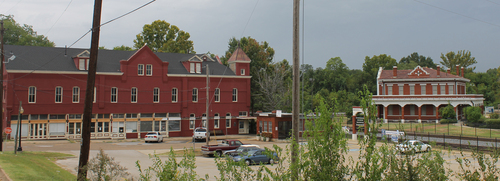
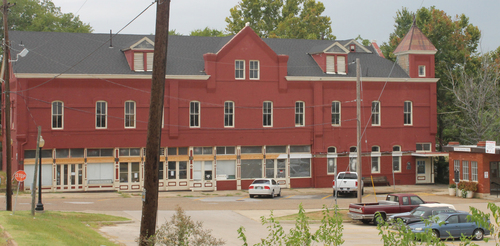
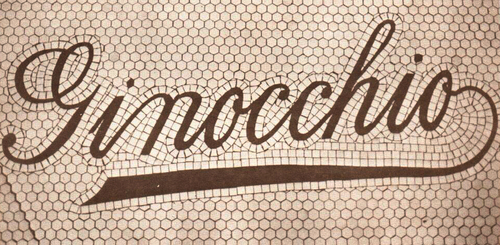
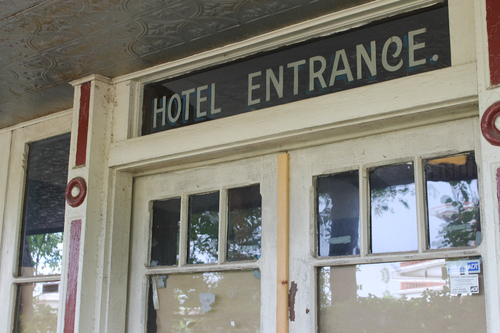
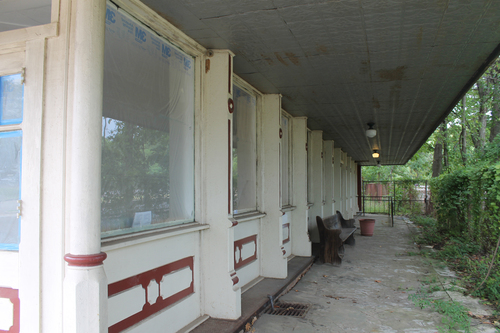
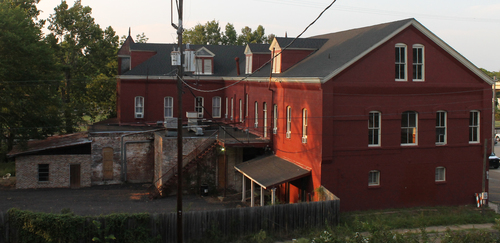
_rdax_500x260.jpg)
